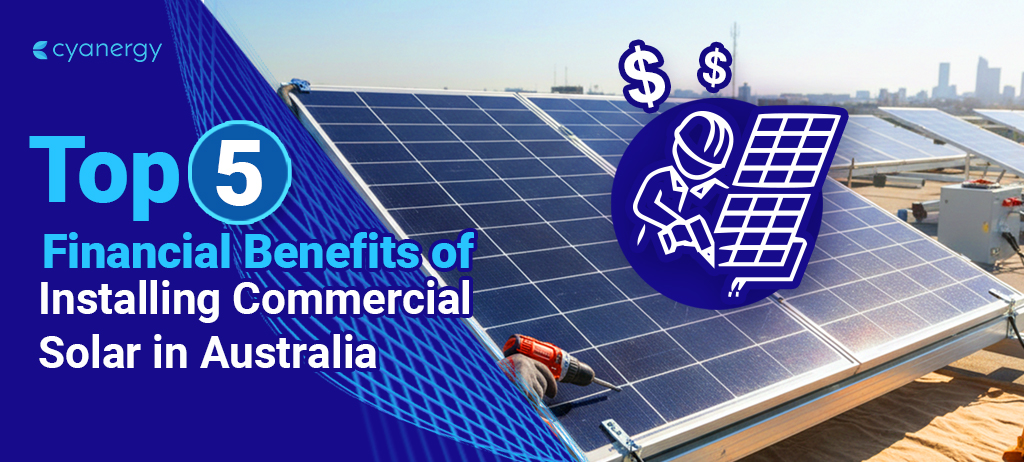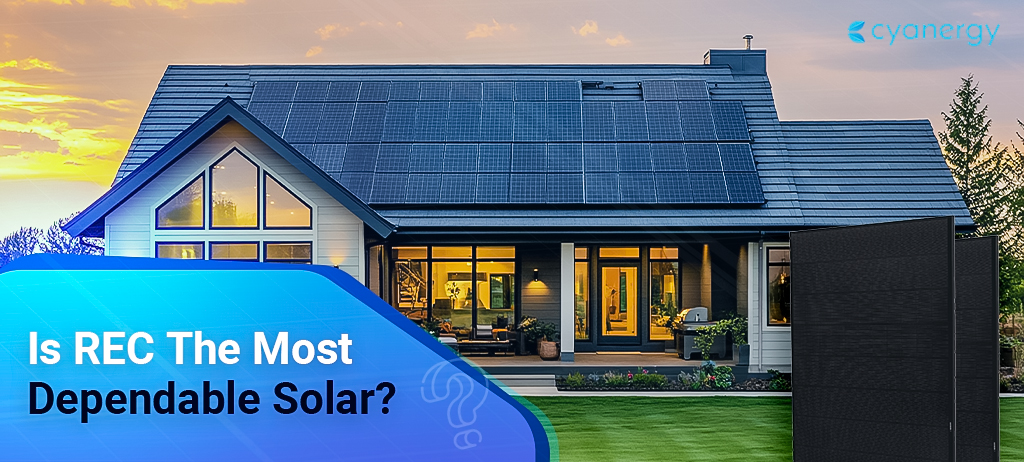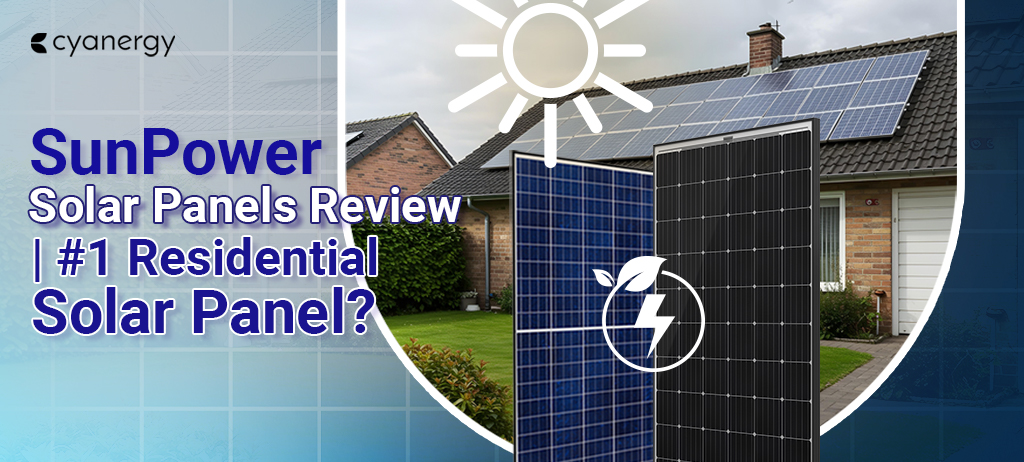The cost of living in Australia is rising quickly, and energy prices are also increasing. Victoria has already introduced a plan to reduce gas use and avoid gas connections. Switching homes to electric power is becoming a primary concern for Australians.
Right now, Australians are primarily worried about the cost of living, high electricity prices, and the state of the economy. More than half of Australians support making more homes all-electric.
As an Australian homeowner, you understand the shift from gas to grid. And the benefits of electrifying your home. If every Australian household using gas switched to all-electric today, the combined impact would be huge.
We could reduce over 30 million tonnes of carbon dioxide emissions in the next ten years. This would be a significant step towards a greener and more sustainable future, which we can achieve.
More than 5 million households use gas, and depending on their location, the emissions saved per home could be between 5 and 25 tonnes over ten years.
One of the most immediate benefits of electrification is the potential for significant savings on energy costs.
Electric appliances are more energy-efficient than gas ones, which means they use less energy to perform the same tasks. It leads to lower energy bills for homeowners.
What does going Electric Mean? Understanding an Electrified Household
Switching to an all-electric home, or home electrification, means gradually replacing appliances that use fossil fuels with newer, energy-efficient ones that run on electricity. It includes heat pumps, ovens, stoves, and even cars.
Electric appliances, especially solar energy, can significantly reduce energy costs and help the environment.
Gas used to be a cheaper option, but with rising gas prices, using clean electricity from solar panels for heat pumps, cooking, and heating and cooling your home is now more affordable.
Choosing electric appliances powered by solar energy is a smart way to move away from fuel sources that produce carbon emissions.
Energy Assets for Home Electrification, Australia/ Energy Efficiency in Home Electrification
Solar Panels and Home Batteries
Solar panels and home batteries are vital tools in producing and storing clean energy, which helps lower energy costs and reduces emissions. Australia has one of the highest rates of rooftop solar installation in the world.
About 30% of detached homes in the National Electricity Market (NEM) already have solar systems. As solar system costs decrease and electricity rates increase, the average size of residential solar systems has grown. By 2035, up to 150,000 new solar systems will be installed yearly.
Battery adoption in Australia is still in the early stages but is growing, with a 55% increase in installations in 2024 compared to 2023.
With battery prices dropping, energy prices becoming more unpredictable, and lower feed-in tariffs, about 2.2 million households could start using batteries by 2035.
Electric Vehicles (EVs) and Chargers
Households can now electrify their transport with electric vehicles, providing more emissions benefits as the grid becomes greener. EV adoption is growing fast, with 87,000 electric vehicles sold in 2023.
However, the market is still small, with less than 2% of homes having an EV in 2023. Adoption is expected to continue rising due to the decreasing cost difference between traditional petrol cars and EVs and supportive policies.
EVs will increase household electricity demand and drive the most significant rise in home electricity consumption.
Home Appliances (Space Heating, Water Heating, Cooking)
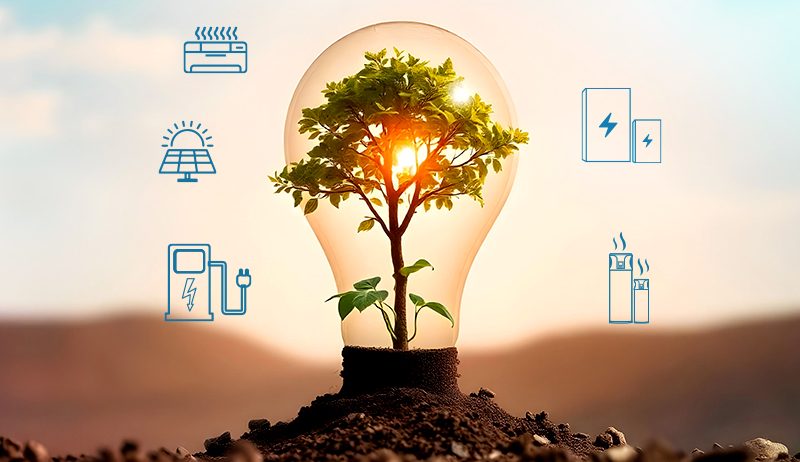
Switching from gas to more efficient electric appliances for space heating, water heating, and cooking can help reduce household bills. Australian homes use about 170 petajoules of gas each year, mainly for space and water heating.
Hot water heat pumps are three to five times more energy-efficient than gas appliances, offering a significant savings opportunity. While electric appliances are more efficient, their upfront costs are usually higher than gas.
By 2035, the NEM will have 2.8 million hot water, 2.8 million space heating, and 3.1 million cooking appliance installations.
Benefits of Electrifying Your Home
Electrifying your home means using electricity instead of gas for heating/cooling, cooking, and driving.
In January this year, Victoria announced that new homes will not have gas connections. As energy prices are rising rapidly, it is best to electrify all homes and businesses in Australia.
But before you electrify your home, let’s find out the benefits of electrification in Australia. Let’s simplify your transition to electrification and bring you closer to net-zero emissions.
Here are some easy-to-understand benefits of making your home all-electric:
Cost Savings
Cleaner and Greener
Health and Safety
Future-Proof Your Home
More Control Over Energy Use
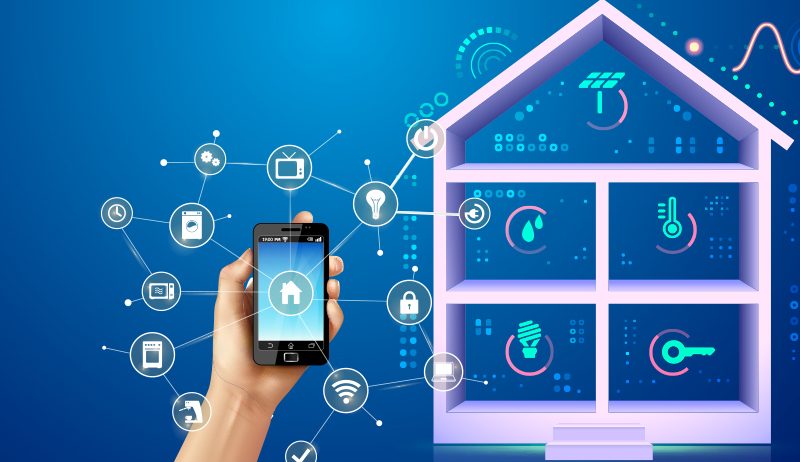
Easier to Maintain
Supports Local Energy Production
Using solar panels means generating electricity locally, reducing the demand for imported energy and supporting Australia’s shift towards renewable energy.
By electrifying your home, you’re making it more efficient, saving money, and contributing to a cleaner, healthier, and more sustainable future.
What about the Environmental Benefits?
Switching your home to electric has significant environmental benefits, mainly if you use renewable energy like solar power. By reducing your carbon footprint and using a clean energy source, you are actively contributing to a healthier planet and fighting climate change.
Using solar panels for electricity means using a clean energy source that doesn’t cause pollution, making your home even more eco-friendly.
Electric appliances, such as heat pumps and induction cooktops, are also more efficient than gas appliances, meaning they use less energy to do the same tasks.
This saves energy and eases the load on the power grid, especially during busy times. As more people switch to electric options, the need for fossil fuels decreases, supporting the shift to cleaner, sustainable energy and a healthier planet.
Going electric reduces carbon emissions and helps create a cleaner and greener future for everyone.
Electrify Your Home/ Make an All-Electric Switch
Switching your home to all-electric can cut costs, boost efficiency, and lower carbon emissions.
Here’s a brief guide to help you make the transition:
Assess Your Current Energy Use
Start with Solar Panels and Battery Storage
Upgrade to Electric Appliances
Electrify Your Transportation
Improve Insulation and Efficiency
Utilise Government Rebates
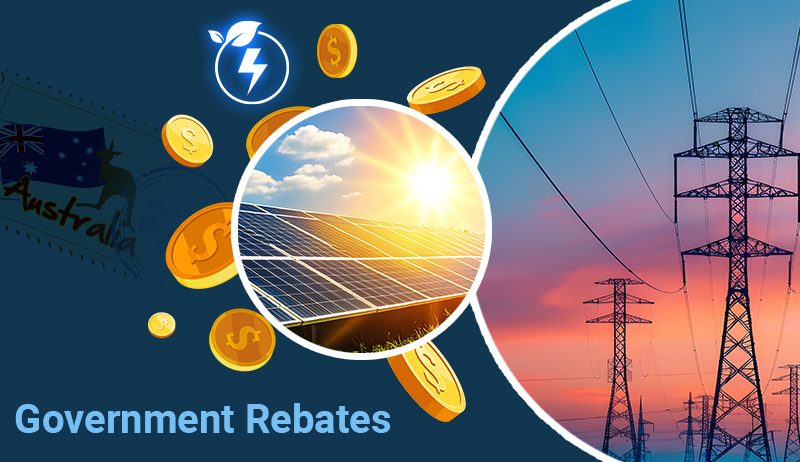
Plan and Budget for Upgrades
Work with Professionals
Monitor Your Energy Use
Use smart meters to track energy consumption and adjust your habits to maximise savings, like using appliances during off-peak hours or when solar is available. Stay updated on new electric technologies for future upgrades.
This approach will help you transition smoothly to an all-electric home, saving money and reducing environmental impact.
Cyanergy has all the electric products under one roof, so your shift to a modern electric household is just one click away!
Contact Cyanergy and talk to an expert.
